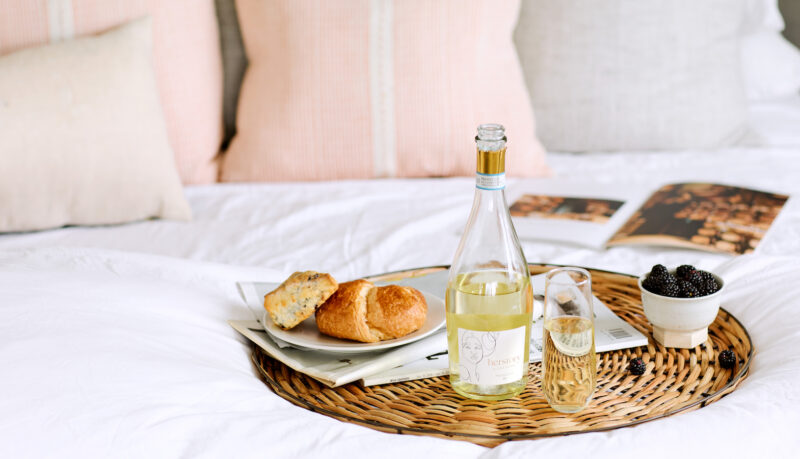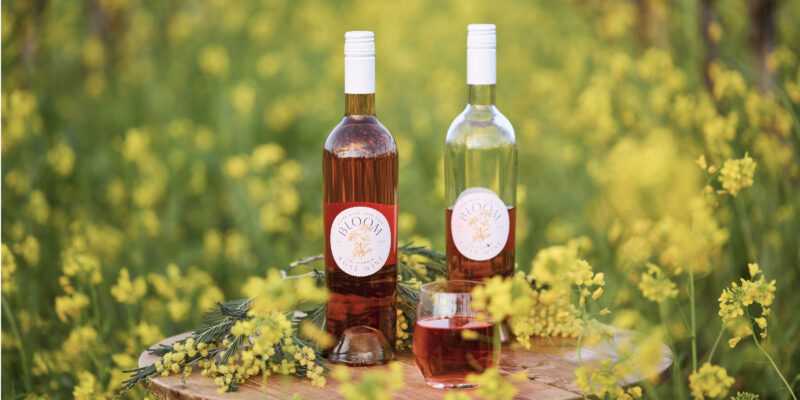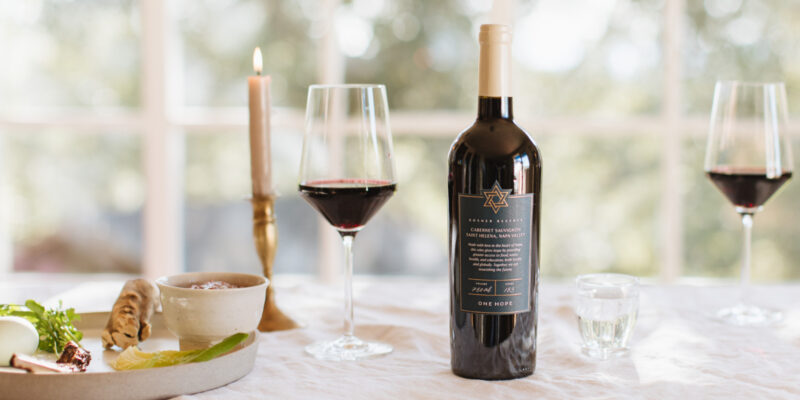

Sparkling Wine at a Glance:
Most Prominent in: France, Italy, Hungary, and the United States
Looks Like: Known for the bubbles of carbonation, most sparkling wines are made from white grapes, giving it a light yellow color with complete opacity. However, sparkling rose and varieties of sparkling red also exist. Whatever the grape variety, bubbles will always be present.
Tastes Like: A fizzy, flavorful and often sweet indulgence. The sweetness and level of carbonation are directly related to the amount of sugar in the bottle, with flavors ranging from very dry to very sweet as a result.
A Bit about Her History
Sparkling wines show up in history as early as the Ancient Greeks and Romans. While the presence of bubbles in wine continued to persist in literature into the medieval ages, it was often thought of as a winemaking mistake. In fact, many winemakers were hired to specifically find ways to remove bubbles from wine as, due to the intense pressure behind the cork, the bottles would often burst in the wine cellars, creating a chain reaction of exploding bottles and, ultimately, quite a mess. It wasn’t until the early 18th century that sparkling wines came into their own right and began to be produced on purpose.
Regions of Prominence
Clearly, the Champagne region of France is the first region that pops to mind when thinking about sparkling wines. However, you’d be missing out on a lot of great sparkling wines if you limited yourself to only those able to be labeled as Champagne. Italy’s Prosecco and d’Asti varieties are great examples of another popular sparkling wine. Spain, Portugal, Germany, Hungary, and even Russia also produce sparkling wines that garner worldwide applause. In addition, the United States has cornered the “new world sparkling wine” market offering great options from a wide variety of vineyard in quite a few different states.
Flavors
While best known for that sweet, carbonated beverage that dances lightly across your tongue, sparkling wines have far more to offer than a “one size fits all” flavor. Indeed, sparkling wines can be made from almost any grape variety that is grown. This leads to endless possibilities that include white, rose, and even sparkling red wines. Unlike traditional wines with flavors dictated by the essence of the grape, sparkling wines are described based on their sweetness and body. The scale for sparkling wines ranges from Extra Brut to Doux, based entirely on the amount of sugar in the beverage. For scale:
- Extra Brut- less than 6g per liter
- Brut- less than 12g per liter
- Extra Dry- between 12 and 17g per liter
- Sec- between 17 and 32g per liter
- Demi-Sec- between 32 and 50g per liter
- Doux- 50g per liter or above
While the most common style of sparkling wine created and sold today is Brut, sparkling wines come from a very sweet history. Hundreds of years ago they were created to be far sweeter and intended to be served as a dessert wine at the completion of the meal, as opposed to as a beverage consumed with the meal.
In addition to sweetness, most sparkling wines feature flavors of citrus, pear, strawberry, and apple.
What Makes Sparkling Wine Fizzy?
The presence of carbonation, or carbon dioxide, is what creates those iconic bubbles in sparkling wines. In general, the presence of the carbon dioxide comes as part of the fermentation process, which can be completed in one of two ways.
- Traditional Method: A second fermentation that occurs in the final bottle by adding sugar and yeast to the otherwise finished wine.
- Charmat Method: A process of storing the whole batch of wine in a large tank that is designed to withstand certain pressure.
Additionally, in cheaper sparkling wines, winemakers may opt to simply inject the carbon dioxide directly into the wine.
The physical appearance of the bubbles comes when the newly released gas (the result of popping the cork) comes into contact with the dry glass. Bubbles form on tiny imperfections in the glass itself. Experts theorize that millions of bubbles may exist in each bottle of sparkling wine.
Pop That Cork!
The most iconic part of enjoying a sparkling wine comes when the cork is popped. This sound and explosion are also related to the bubble causing carbon dioxide in the wine. Before the bottle is opened there is great pressure behind the cork, sure, but everything inside of the bottle is in balance. However, once the cork is dislodged and the carbon dioxide is released, it goes “POP!” It is this same explosion of pressure that can cause the cork to get some serious airtime.
Not everyone appreciates the idea of a flying cork though, so here are two ways to limit airtime.
- Lower the temperature- chilled sparkling wines tend to have a smaller carbon dioxide release, leading to a less climatic pop and severely limited cork hang time.
- Wrap a hand towel around the top of the bottle, and remove the cork slowly. This way once it is dislodged, it has nowhere to fly at all.
Sparkling Wine vs. Champagne
It’s among one of the largest taboos in the wine world; calling anything that bubbles a champagne. As mentioned above, only sparkling wines produced from grapes grown in the Champagne region of France are able to be labeled “Champagne.” This isn’t the only thing that separates a true champagne from other sparkling wines, however. In addition to the birthplace of the grapes, the wine itself is often made differently than other sparkling wines. Champagne undergoes a second fermentation in order to create carbonation. This secondary fermentation is completed after the wine has been bottled. Winemakers add rock sugar and yeast to the bottles and then allow it to age between 18 to 36 months before consumption may occur.
The use of the term “Champagne” is often regulated by law and international treaty. Legally protected for the first time in 1891 by the Madrid system, legal protection for the term was reaffirmed in the Treaty of Versailles after World War I. More than 70 other countries, including the United States, have also adopted individual legal protection of the name.
The Perfect Pair
First of all, you need to understand that the perfect time to consume sparkling wine is right now. The wine has to be aged to perfection before it can be sold, so once you’ve purchased the wine it is safe to assume that it is at its peak of aging. Don’t make the mistake of thinking that aging your sparkling wine will make it better, it’s just not the case with most sparkling wines.
Now that we’ve got that out of the way, on to pairing! While you may think of sparkling wines primarily for their sipping quality, their high acidity actually makes them ideal for food pairing as well. Your best bet is to stick with lightly colored items like seafood and cream based sauces. The delicate and slightly sweet flavors of most seafood will complement the dry sweetness of a sparkling wine beautifully, while the rich cream in certain sauces plays well with a sparkling wine’s sweetness in contrast. In addition, pretty much any Asian dish can be complemented by sparkling wine. If you’re thinking cheese, think cream cheese like Brie.
The best way to indulge in pairing sparkly? Turns out sparkling wines play very nicely with your favorite salty snacks as well. Think popcorn, potato chips, and even deep fried foods.
Betcha’ Didn’t Know…
- Early winemakers were able to produce sparkling wines but didn’t understand how it had been done. As a result, they often credited the occurrence of bubbles to things we’d consider laughable today. Culprits, according to ancient Greeks and Romans, included evil spirits and the phase of the moon.
- Until winemakers were able to master the pressure behind the cork, they were forced to wear iron masks (many of which resembled modern day baseball catcher’s masks) in order to safeguard their faces in the event of an unexpected bottle bursting episode.
- Due to misunderstood origins of bubbles and spontaneous bottles of sparkling wine bursting, early winemakers dubbed sparkling wines, “The Devil’s Wine”
- The amount of fizz per glass is directly related to the amount of sugar used in fermentation. Seeking a sweet bubbly? Look for more bubbles.
- Red sparkling wine is a thing. It’s typically made in Australia from the Shiraz grape, though Italy also produces a popular sparkling Lambrusco.
- Wine expert Tom Stevenson estimates that a bottle of Champagne contains up to 250 million individual bubbles.
- It has been widely theorized that sparkling wine causes intoxication more quickly than flat wine, due to the bubbles allowing the alcohol to enter the bloodstream more quickly. A study conducted at the University of Surrey looked into this, giving subjects flat and sparkling wines containing the same alcohol per volume. Five minutes after consumption blood alcohol levels were taken and, sure enough, those who had consumed the sparkling wine showed higher blood alcohol levels than those who had consumed the flat wine.
- Champagne starts to degrade once exposed to light. So, if you want the best of the best, ask a wine steward to sell you sparkling wines from the crate or restocking rooms as opposed to the shelf.
- Storing unopened sparkling wines in the refrigerator is a risky idea! The cold air forces the cork to constrict, allowing those famous bubbles to escape, and odors and flavors from your leftovers to get into the wine. Therefore, your sparkling wine could wind up without bubbles, and tasting like leftover lasagna.




No comment yet, add your voice below!